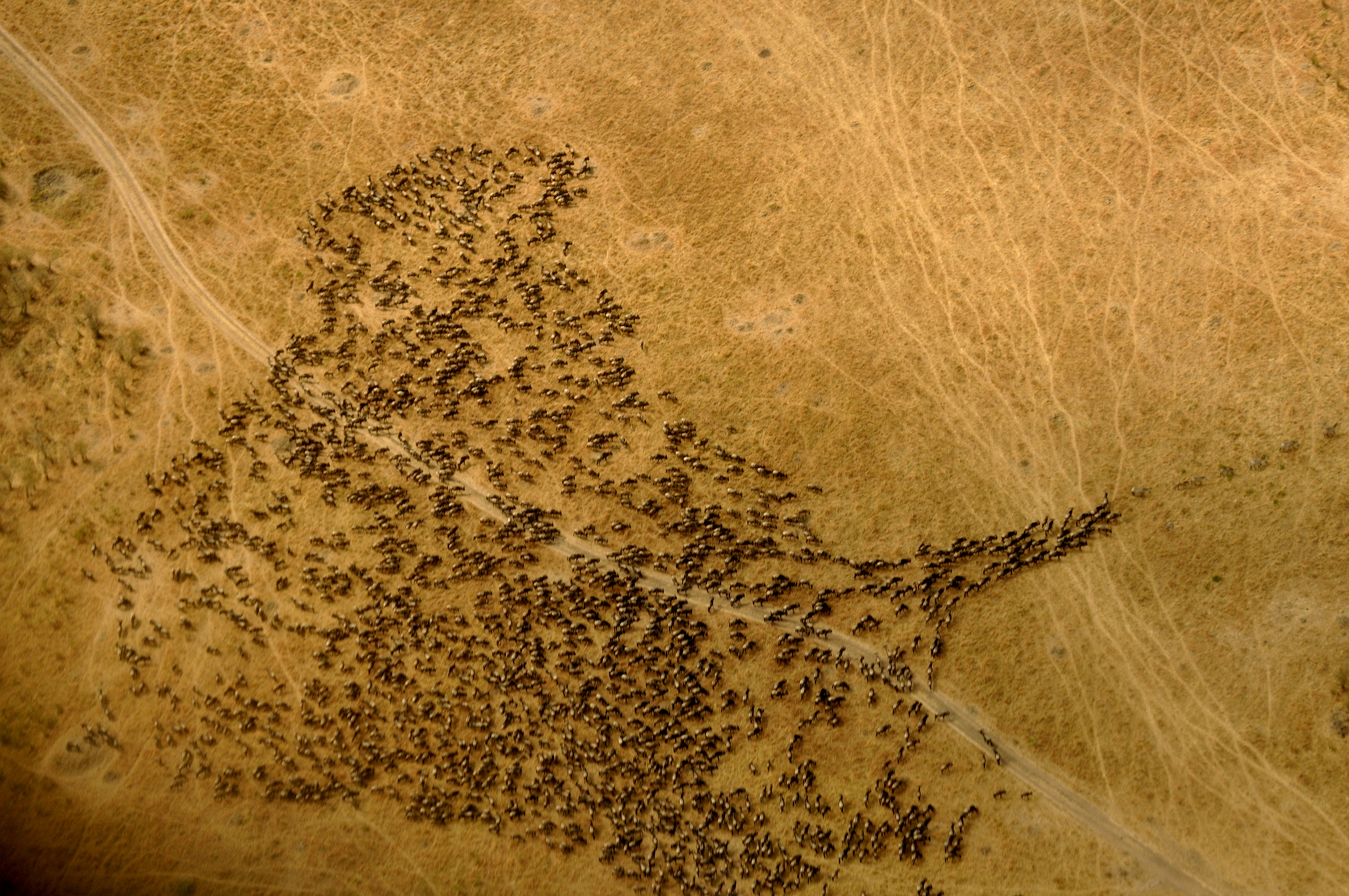I've written an absurdly long (but comprehensive) response to the critique of our
paper on elephant poaching induced by legal ivory sales on the sister
G-FEED blog.
The critique we respond to is one leveled by Dr. Fiona Underwood and Robert Burn, which was posted to Dr. Underwood's
blog. Dr. Underwood and Dr. Burn are consultants that were hired by CITES to
evaluate whether the the legal sale designed and implemented by CITES was effective at reducing elephant poaching globally. We have received numerous inquiries by experts and government analysts about their critique, so we thought it was important to respond to it directly.
The short answer is that the criticisms in the Dr. Underwood and Dr. Burn's post are based on a mischaracterization of the analysis and discussion contained in our paper, an inaccurate portrayal of how the models we use work, and an incorrect description of the assumptions needed for causal inference when implementing an event study/regression discontinuity research design. The long answer is
here.



